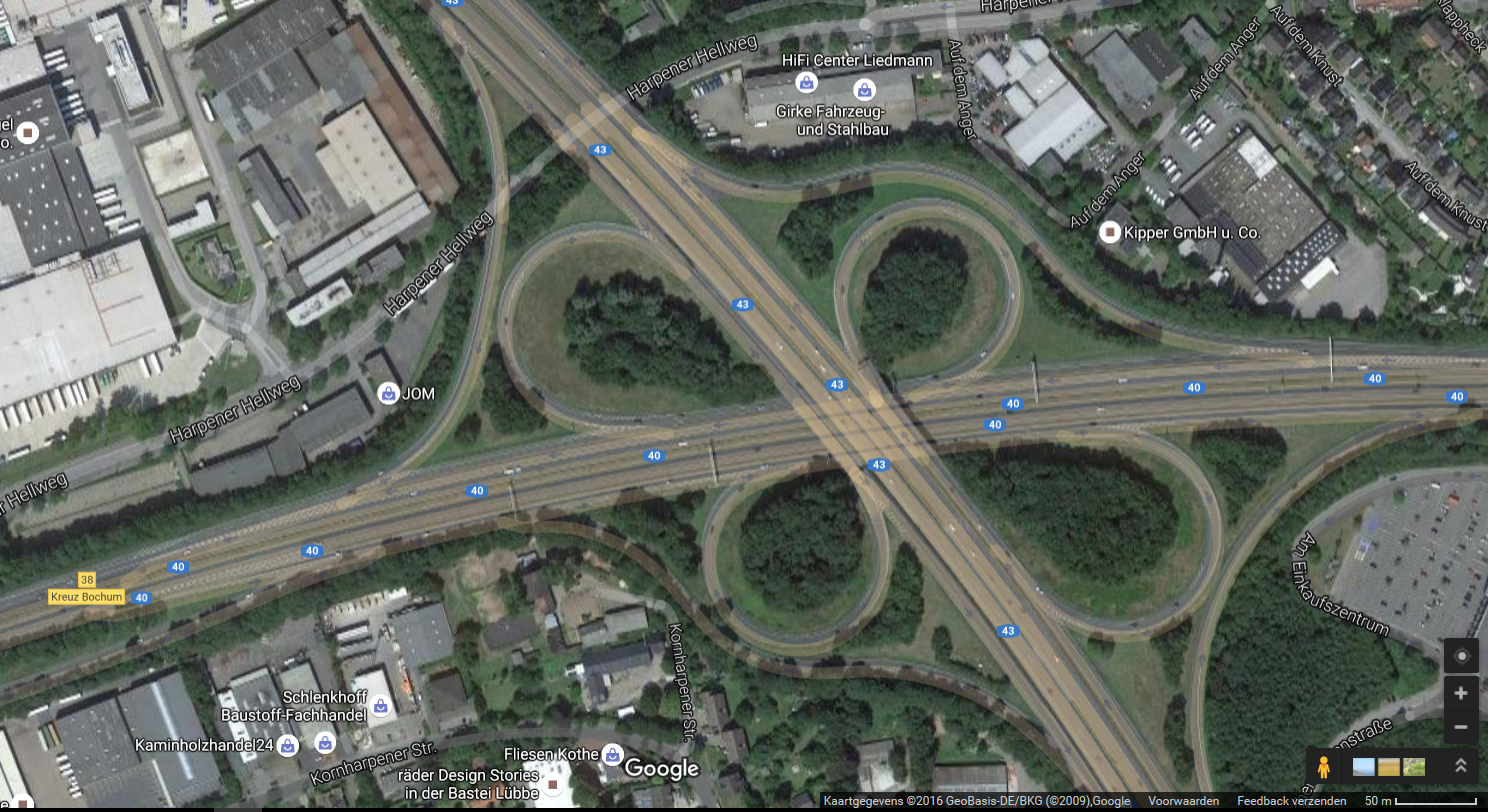
100,000 hectares of woodland along roads and motorways to reduce 3 megatons of road traffic emission CO2
The 2016 National Climate Summit, which was all about concrete actions, was held on 26 October 2016. Let’s bring Paris home! We were there. Climate and CO2 reduction are themes close to our hearts.
Road surfaces can influence fuel consumption
As a company, we have the highest level 5 certification on the CO2 Performance Ladder and we conduct a lot of research into (inter)national CO2 reduction possibilities. For example, we are closely involved in research looking at the influence of road surfaces and infrastructure on road traffic CO2 emissions. Low-temperature asphalt is an interesting option when constructing road surfaces. The CO2 savings that can be achieved during construction are not as important as the savings that can be made when the road surface is being used. We have conducted several studies that have shown different road surfaces can cause up to a 10% difference in the fuel consumption of passenger cars. Good road surfaces provide up to 3% reduction compared to standard road surfaces. The expected savings for trucks are currently being investigated on behalf of the Dutch Water Authority. Work is also being carried out on an (energy) label for road surfaces so managers can see the effect a certain choice will have on the climate.
Effect of vegetation and woodland
An interesting side effect we noticed in our experiments is the effect that vegetation and woodland adjacent to the road can have on fuel consumption. Depending on the weather conditions, a vehicle driving on a woodland road can reduce its fuel consumption by more than 10% compared to an unsheltered road in a flat, windy area. School students cycling to school have known this for a long time of course: they always experience a headwind in the morning, and then again in the afternoon, even if the wind direction hasn’t actually changed. Isn’t that crazy? Actually, not at all. The secret lies in the crosswind. The wind blows from the left on the way to school, and from the right on the way back home. And this crosswind creates resistance. Resistance that requires extra energy to be overcome; road vehicles overcome this at the expense of extra fuel consumption and CO2 emissions. The great thing about having woodland along the road is that it reduces the effect of crosswinds, and therefore reduces road traffic CO2 emissions. This reduction can exceed 10%.
The plan proposed by the Dutch Forestry Commission may yield even more.
At the Climate Summit, the Dutch Forestry Commission will present a plan to plant 100,000 hectares of extra woodland. 100,000 hectares sounds quite ambitious; after all, it’s an area the size of the IJsselmeer. But imagine we plant those 100,000 hectares as green strips along our (rail)roads. The total length of all the different types of railway track in the Netherlands is approximately 20,000 km. This means a 25-meter wooded embankment on both sides. That doesn’t have to sound futuristic. In fact, it’s quite normal for our neighbours to the east. Many roads have wooded embankments. It makes for very beautiful scenery. Many people driving along the Autobahn through the Ruhr area in Germany actually believe they are driving through a forest. Is it possible that the Germans also realised this could reduce 10% of the road traffic CO2 emissions compared to their neighbours in the flat country to the west? For the Netherlands, this could result in a reduction of 3 megatons of CO2 per year. This is a very nice addition to the 1 megaton of CO2 storage capacity the Dutch Forestry Commission calculates the new woodlands would have. Moreover, woodland along main roads also provides other environmental benefits, such as the capture of fine dust. Our Belgian colleagues have also discovered woodland can reduce noise by up to 6 dB. The advantages just keep on coming. It just requires concrete action...